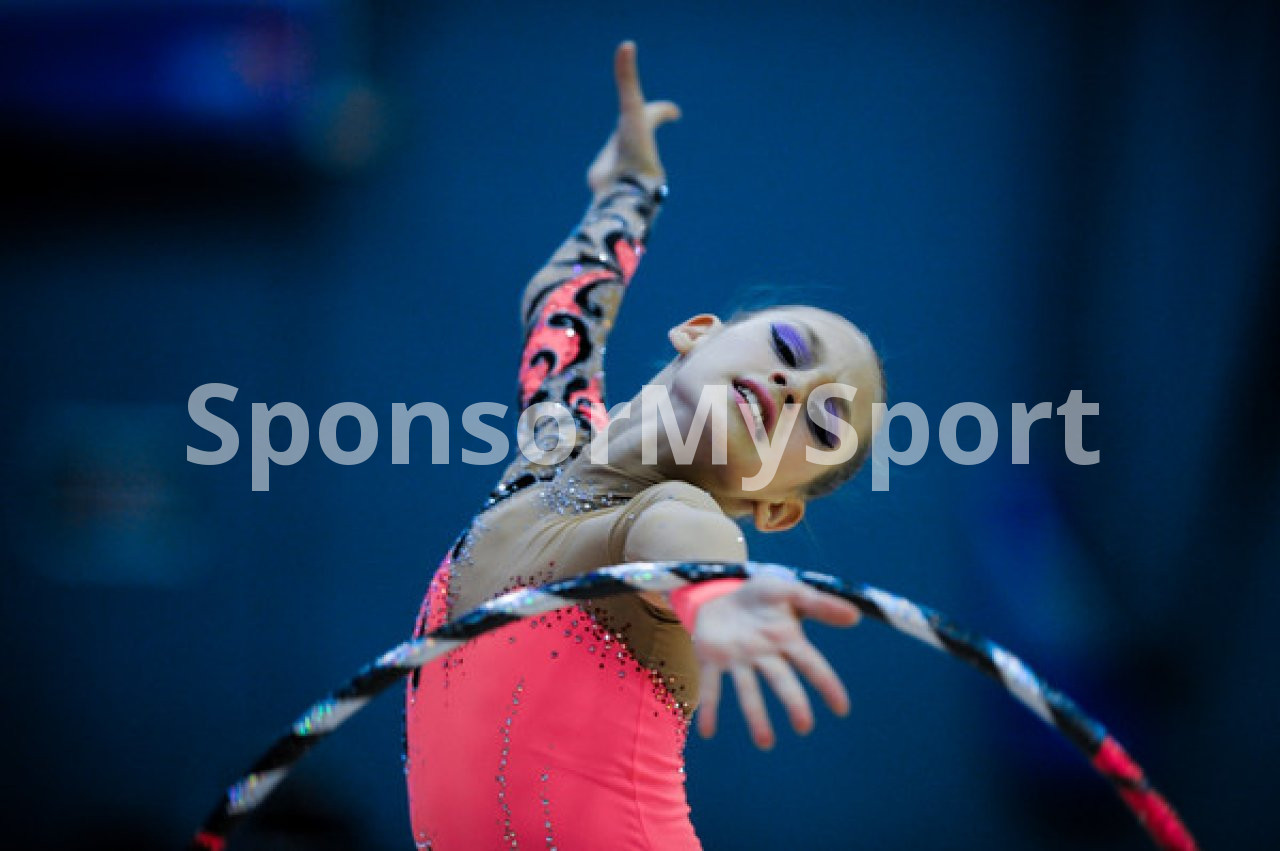The benefits of Rhythmic gymnastics

Rhythmic gymnastics is a sport that combines elements of dance, gymnastics, and flexibility with the use of various apparatus such as rope, hoop, ball, clubs, and ribbon. Engaging in rhythmic gymnastics offers numerous benefits, both physical and mental. Here are some of the key advantages:
-
Improved Flexibility: Rhythmic gymnastics requires a high level of flexibility. Regular practice helps participants enhance their range of motion and suppleness in muscles and joints.
-
Enhanced Coordination: The sport involves precise movements with apparatus, which helps participants develop better hand-eye coordination and overall body control.
-
Strength and Endurance: Rhythmic gymnastics builds muscular strength and endurance, particularly in the core, legs, and upper body. This is necessary to perform routines and support the body during complex movements.
-
Balance and Agility: Participants learn to maintain balance and stability while executing various movements and body positions, leading to improved agility and gracefulness.
-
Cardiovascular Fitness: The rhythmic routines are often performed in continuous and energetic sequences, contributing to improved cardiovascular health and stamina.
-
Body Awareness and Posture: Rhythmic gymnastics emphasizes proper body alignment and posture. This heightened body awareness can carry over into daily life, promoting better posture and reducing the risk of musculoskeletal issues.
-
Discipline and Focus: To excel in rhythmic gymnastics, athletes must be disciplined in their training and focus on their routines, which can help instill valuable life skills like dedication and perseverance.
-
Creativity and Artistry: Rhythmic gymnastics allows athletes to express their creativity through dance and choreography. It encourages self-expression and artistic development.
-
Confidence and Self-Esteem: As participants master new skills and routines, they gain confidence in their abilities and develop a positive self-image.
-
Social Interaction: Rhythmic gymnastics is often practiced in group settings, promoting social interaction, teamwork, and the opportunity to make lasting friendships.
-
Stress Relief: Engaging in physical activity, such as rhythmic gymnastics, can be an effective way to reduce stress and improve mental well-being.
-
Competitive Opportunities: For those interested in competition, rhythmic gymnastics provides a platform to challenge oneself and achieve personal and team goals.
-
Injury Prevention: Proper training and conditioning in rhythmic gymnastics can contribute to injury prevention by building strong and flexible muscles and teaching safe landing techniques.
It's essential to note that while rhythmic gymnastics offers numerous benefits, it's also a demanding sport that requires proper coaching, adequate rest, and attentive care to avoid overuse injuries.






